Our world is a much better (and biodiverse) place because of animals. And who is better equipped to take care of those animals — and subsequently — our world, than veterinarians?
Veterinary science has become an innovative field — yes, to take better care of our dogs and cats — but also to make breakthroughs that improve the lives of all who inhabit the planet.
Veterinarian scientists are not only improving animal medical treatment, but they’re using incredible approaches to detect diseases, rescue people in crisis, create better conditions for livestock and cattle, and learn more about human health through the animal experience.
Here are some amazing veterinarians who pave the way, inspire us to do more good for animals, and make this world a better place.

Meet these inspiring famous veterinarians who inspire all animal lovers to do good —
Claude Bourgelat
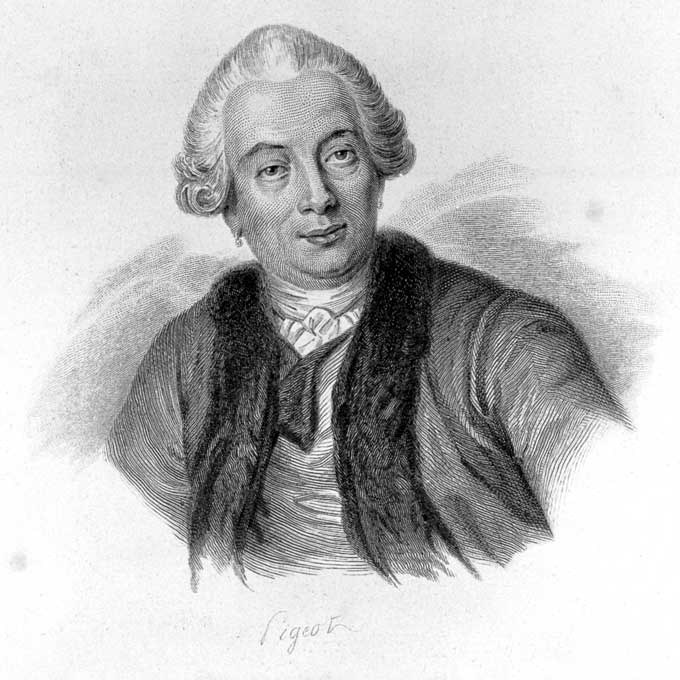
Of course, it’s important to start with the founding father of veterinary medicine: Dr. Claude Bourgelat. He founded the first veterinary school in Lyons, France in 1761 after realizing there were no degree options that would allow people to practice veterinary medicine.
Bourgelat originally wanted to study law, but was deeply interested in horses and horsemanship. He studied under two surgeons and learned about animal pathology, physiology, and anatomy, leading him to found the Royal Veterinary School.
Initially, the school was partly created for students to learn how to treat livestock diseases, but with the help of students and other teachers, Bourgelat continued to build a curriculum through theoretical coursework, like studies in animal osteology, mycology, pharmacology, and more.
Just two years after the school’s founding, Bourgelat would bring his best students to the front lines to combat the ongoing cattle disease, rinderpest. After their success, the school became funded by the state and allowed Bourgelat to scale enrollment, create more veterinary schools, and by 1777, develop standards for the veterinary schools of the future.
Kwane Stewart
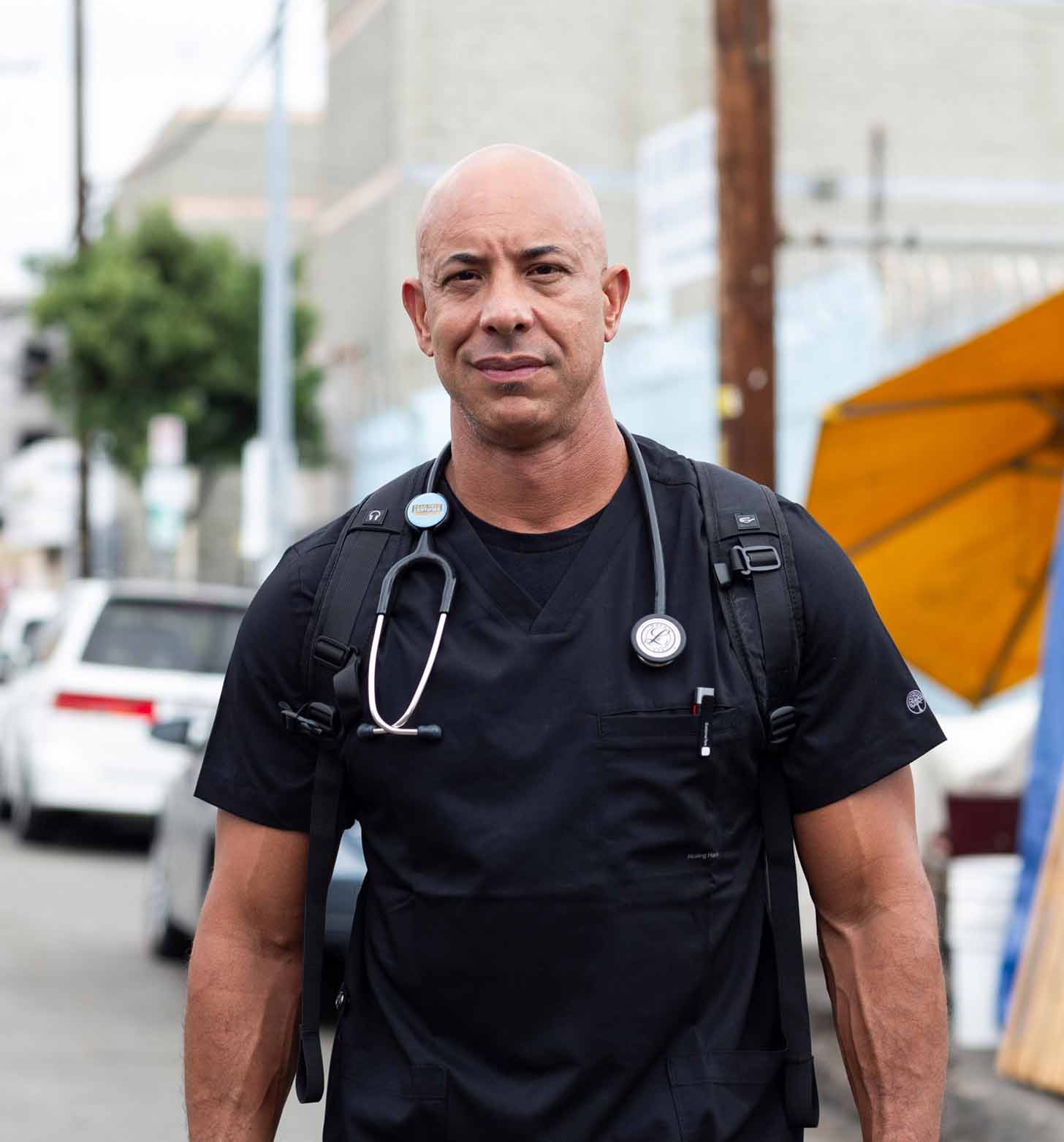
Kwane Stewart is an animal lover who grew up in New Mexico and worked to rescue stray animals. Now he’s a veterinarian who drives around California looking for homeless people with pets. He treats them — for free.
He ran an animal hospital before becoming the county veterinarian for Stanislaus County in Modesto, California, a city less than 100 miles east of San Francisco.
After the recession in 2008, "Modesto got hit especially hard,” Stewart told CNN. “It was ground zero for California as far as job loss and home loss, and people were just dumping their pets in shelters.”
He was used to serving clients who had the means to pay for expensive treatments, but suddenly he was seeing clients who couldn’t afford to help their pets. He described the moment in his career as “enlightening.”
In 2011, after the recession drove the homeless population higher, he set up a table at a soup kitchen with his girlfriend and son, “on a whim.” When people came in to get food, he offered to treat their animals.
"There was something about it that I loved,” Stewart told CNN. “I did it one more time before I decided to just take it to the street and walk to homeless people instead of waiting for them to walk up to me."
For animals who need vaccinations, medicine, or food, Stewart pays for the costs out of pocket. And when animals have more severe conditions that require treatment at a hospital, he sets up GoFundMe pages to cover the procedures.
Amir Khalil
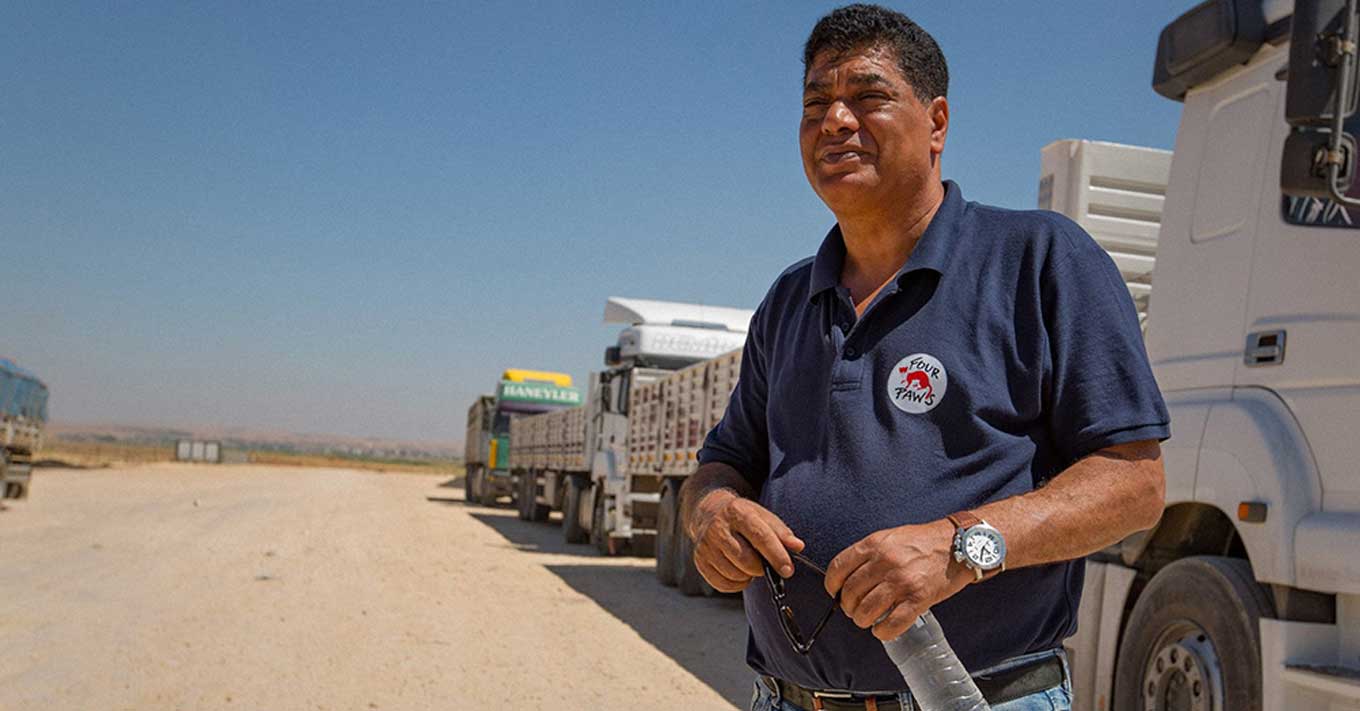
Egyptian veterinarian Amir Khalil isn’t your average vet. He’s the director of project development at the Austrian organization Four Paws International and known as “the war vet” for his unique work helping animals in conflict zones.
"We go to places where the logic doesn't exist," he told NPR. "The government doesn't exist. No one cares. And where no one will believe you are coming to save animals. You see everyone escaping from a city like Mosul, [Iraq], going out. Thousands and thousands. And you are the only car going the other way around. You are going inside."
Khalil has led animal rescue operations and created sanctuaries around the world for more than 20 years.
He spearheaded several impressive rescues: He provided aid for animals in the Baghdad Zoo during the U.S. invasion of Iraq and in Libya’s Tripoli Zoo and in Cairo during the Arab Spring. He ran rescue missions in the Gaza Strip. He evacuated a bear and a lion — the two last survivors of the Montazah Al-Morour Zoo — in Mosul, Iraq in 2017. He rescued 13 animals from the abandoned Magic World Recreational Park near Aleppo, Syria.
He takes the animals from struggling zoos, escorts them through heavily armed checkpoints, and brings them to sanctuaries where they can live out the rest of their lives in comfort. The work is risky and dangerous — he’s had guns put to his head — but life-saving for many of the animals.
Khalil provides animals with medicine, vaccines, and food, desperately needed in areas where political conflict or economic stagnation have driven zoo administrators to their last resort.
A zoo owner in the Palestinian city of Rafah — after the death of four lion cubs who froze overnight — declawed a lioness in an attempt to subdue her and draw more visitors. Khalil worked with authorities to shut down the zoo, rescue the animals, and take them to a sanctuary.
Khalil told NPR that the reality is that “the animal has no passport, has no nationality, and is not a part of the conflict.” He just wants to do what’s necessary to save these animals.
Buster Lloyd-Jones

Buster Lloyd-Jones was an animal lover from a young age and was determined to become a veterinarian, even despite the disappointment of his father. His dream was realized when he enrolled in a training program in animal husbandry, and he would go on to become known as one of history’s most compassionate veterinarians, opening his home to all kinds of animals during World War II.
Lloyd-Jones owned an estate in the UK called Clymping Dene, and as people needed to leave behind their pets as they evacuated wartime conditions, he became the proud foster parent to a menagerie of pets, such as cats, dogs, rabbits, goats, bush babies, parrots, monkeys, and snakes. After the war, he tried to return the pets, but he ended up keeping most of them in his care.
In 1951, he founded Denes, an herbal veterinary product company, and he later wrote an autobiography: “The Animals Came in One by One.”
“Animals have an instinctive wisdom, a deeply ingrained understanding of nature, which man once had,” he wrote in his book. “I gradually began to understand how nature takes care of its own.”
Patricia O’Connor
Dr. Patricia O’Connor became a vet during a time when female vet school graduates were extremely rare. Her work helped inspire a new crop of women veterinarians, but especially those interested in treating zoo animals, as she was the first female zoo veterinarian.
O’Connor founded the American Association of Zoo Veterinarians and practiced as the Chief Veterinarian at New York’s Staten Island Zoo for 28 years.
O’Connor was hired at the zoo on an interim basis during World War II, expecting to be replaced when the war ended and male soldiers returned to the workforce. However, her work at the zoo was invaluable, and although her primary responsibility was medical care for the animals, she also served as a mammal and bird curator, and developed educational programs for the public.
When she was hired, O’Connor was one of 25 women veterinarians in the country, and zoo veterinary medicine was a brand new profession. With 600 regular patients at the zoo, she realized there were no training programs or textbooks for this new form of veterinary science.
In 1955, O’Connor published a comprehensive 465-page bibliography of the most reputable sources on wild animal diseases: “A Bibliography of References to Diseases of Wild Mammals and Birds.” This resource was the first of its kind and is still used today as a launchpad for other researchers.
Mary Knight Dunlap

Another pioneer for women veterinarians, Dr. Mary Knight Dunlap founded the Women’s Veterinary Association to create a supportive environment for women veterinarians throughout their careers.
Dunlap wrote monthly bulletins for members, and the association worked to maintain high standards in veterinary medicine, and to act in an advisory capacity to women veterinary students and professionals. The association also went on to advocate for equal pay, parental leave, management, and leadership, and developed an anti-harassment policy.
Although the organization no longer exists in the same form, it now functions as a foundation providing scholarships to veterinary students.
Outside of this work, she was a deeply passionate veterinarian, running a house call practice, caring for zoo animals, working in a toxicology department, and writing numerous publications.
While Dunlap was an excellent veterinarian, her lasting impact is on the fight for gender equity in the veterinary profession. “Through our organization, we should offer guidance and help where it is needed, so that others will avoid our mistakes and most easily find happiness and success,” she wrote in 1947.
James Herriot (AKA James Alfred Wright)
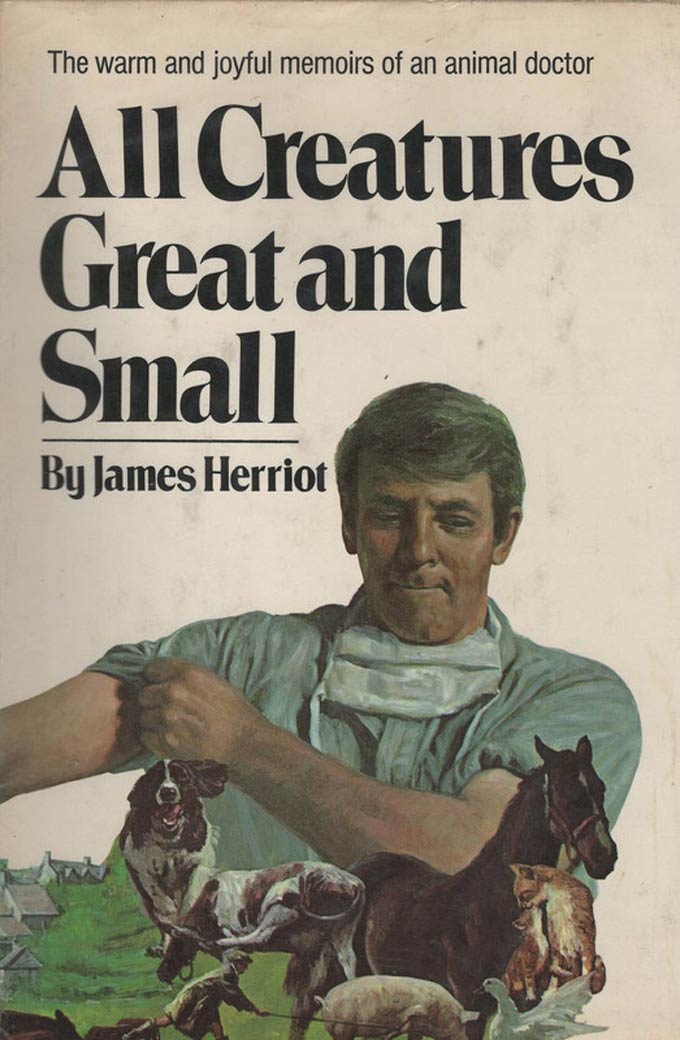
James Alfred Wright — better known as his pen name, James Herriot — has led a number of modern veterinarians to the profession, thanks to his popular book series (often inspired by his own stories), which includes the titles “All Creatures Great and Small” and “All Things Wise and Wonderful.”
Herriot was a British veterinary surgeon, who became a successful author after sharing a number of his stories with the world, inspiring animal lovers all over the world to pursue livelihoods caring for creatures. The books were even turned into a television series.
In Herriot’s obituary, the New York Times describes his stories: “In each of Mr. Herriot’s books, a familiar stage is set: there are mystery illnesses, bad-tempered humans who always come around in the end, fussy owners who imagine their pets have a variety of ailments, and a succession of characters who attract the love of animals in spite of themselves.”
Even despite great success as a writer, Herriot continued to practice veterinary medicine in England until his death in 1995.
Temple Grandin

Dr. Temple Grandin is known for her autism activism, but what many often forget is that she is a renowned animal behavior scientist and animal rights activist, as well.
Grandin is a prominent proponent for the humane treatment of livestock for slaughter and has designed handling systems that minimize pain and fear for animals. She is also currently a faculty member with Animal Sciences in the College of Agricultural Sciences at Colorado State University and has written over 60 scientific papers on animal behavior.
Grandin has also published a number of books, exploring autism, animals, and the overlap between the two topics. Titles like “Thinking In Pictures” and “Animals Make Us Human” are pinnacles of Grandin’s work, teaching humans how to best care for animals, and what they can teach us about human behavior.
“I believe that the best way to create good living conditions for any animal, whether it’s a captive animal living in a zoo, a farm animal, or a pet, is to base animal welfare programs on the core emotion systems in the brain,” she wrote in “Animals Make Us Human.” “... All animals and people have the same core emotion systems in the brain.”
Cindy Otto
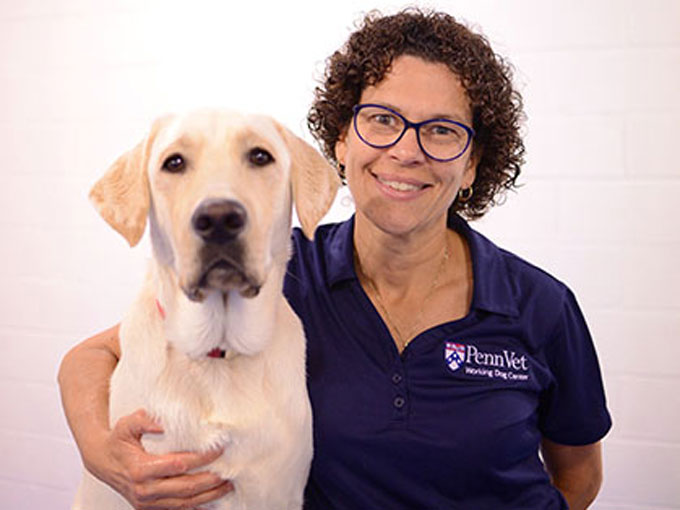
Dr. Cindy Otto is the founding director of the Penn Vet Working Dog Center at the University of Pennsylvania School of Veterinary Medicine. Opened in 2012, the center prioritizes education, research, and gathering information to improve the health of the working dog.
Otto had been interested in working dog training since her early education, but she was most inspired to open the center after 9/11, seeking to train dogs to make the world a better and safer place. Otto was part of the FEMA (Federal Emergency Management Agency) Task Force that responded to 9/11, providing veterinary care for the search and rescue dogs who served at Ground Zero.
She has used that experience to continue training and caring for dogs at the center. These canines are trained to prevent terrorism, work with first responders to detect explosives and narcotics, rescue victims of disasters or accidents, and detect medical conditions like cancer and diabetes. Otto’s team at the center also worked on a COVID-19 detection study with dogs to sniff out the virus.
Otto is a board-certified veterinarian and contributes vastly to the field, with over 60 published journal articles, 10 book chapters, and lectures on emergency medicine, disaster medicine, and working dogs.
“These dogs are so valuable,” Otto said in an interview with Big Barker. “How can we look at these dogs? How can we train these dogs? What genetics can we learn about these dogs, to help keep making these dogs better, healthier, more able to do this, in the best way possible?”
David Sisson
Dr. David Sisson has led a revolution in canine cardiac medicine, founding a nonprofit program that came to be called CanPacers. The program uses donated pacemakers to advance research and provide affordable treatment to pet owners.
Sisson’s work took shape when a pacemaker manufacturer came to him about the idea of using outdated pacemakers to develop and improve cardiac treatment in canines. Sisson is a professor of small animal medicine at Oregon State University, where his research focuses on cardiac imaging, cardiac arrhythmias, cardiac biomarkers, valvular diseases in dogs, and repair of congenital heart disease.
His work has been pivotal in diagnosing and treating heart conditions in dogs. Using technology like a CT scanner that can scan a dog’s entire heart in 15 seconds, Sisson aims to build technology that is equal parts innovative and reasonable.
“He believes in developing and using the most advanced technology possible to enhance animals’ lives and health, but at a cost that’s reasonable to clients and to society,” Patricia Rodriguez writes of Sisson’s work for Veterinary Practice News. “In his mind, that means concentrating on minimally invasive, less-expensive techniques for solving problems such as congenital heart defects.”
Timothy Bentley
Director of Purdue University’s Canine Brain Tumor Research Program, assistant professor Dr. Timothy Bentley is an expert in veterinary neurology and neurosurgery. Due to Bentley’s leadership, cutting-edge research has made brain cancer a much easier-to-diagnose condition in canines, allowing for greater discoveries for treatment and diagnosis for both dogs and humans.
Researching diagnosis, surgery, and chemotherapy, Bentley’s teams have learned how to diagnose canine brain cancer with MRIs and approach the condition with vaccine immunotherapy, new surgical techniques, and chemotherapy. Bentley researches topics like biomarkers, treatments for seizure and epilepsy, and strokes.
The research program at Purdue boasts amazing and innovative results, like that of Vanilla Bean, a patient who underwent Canine Glioma Surgery and went into complete remission after the success of the surgery and chemotherapy.
Katrina Warren

Dr. Katrina Warren is a celebrity veterinarian from Australia, who uses her veterinary expertise and media savvy to help pet owners enhance their special bonds with their pets. She is known for her work as a TV presenter and host, currently working as the regular vet for Australia’s TODAY Show, and previously as the host of “Beverly Hills Vet” and “Housecat Housecall” on Animal Planet.
Outside of television, Warren has written a dog training book and training platform called Wonderdog School, offering dog parents a convenient and affordable option for dog training. Warren’s platform also includes informative social media posts, pet loss support, and event offerings for animal lovers everywhere.
Warren is also an ambassador for a number of nonprofits, such as Assistance Dogs Australia, Animal Welfare League NSW, Animals Asia Foundation, National Breast Cancer Foundation, and Lifeline Australia. She lives happily in Sydney with her daughter, cat, and golden retriever.
A version of this article was originally published in Issue 12 of the Goodnewspaper.
You can become a subscriber and get a monthly Goodnewspaper today.





